The Lambayeque region, part 1
Hello everybody! I hope that you are all well. In this post I am going to continue telling you a little about one of my trips to the north of Peru to the Lambayeque region where the capital city is Chiclayo, known as the friendship capital and where you can explore some interesting archaeological monuments.
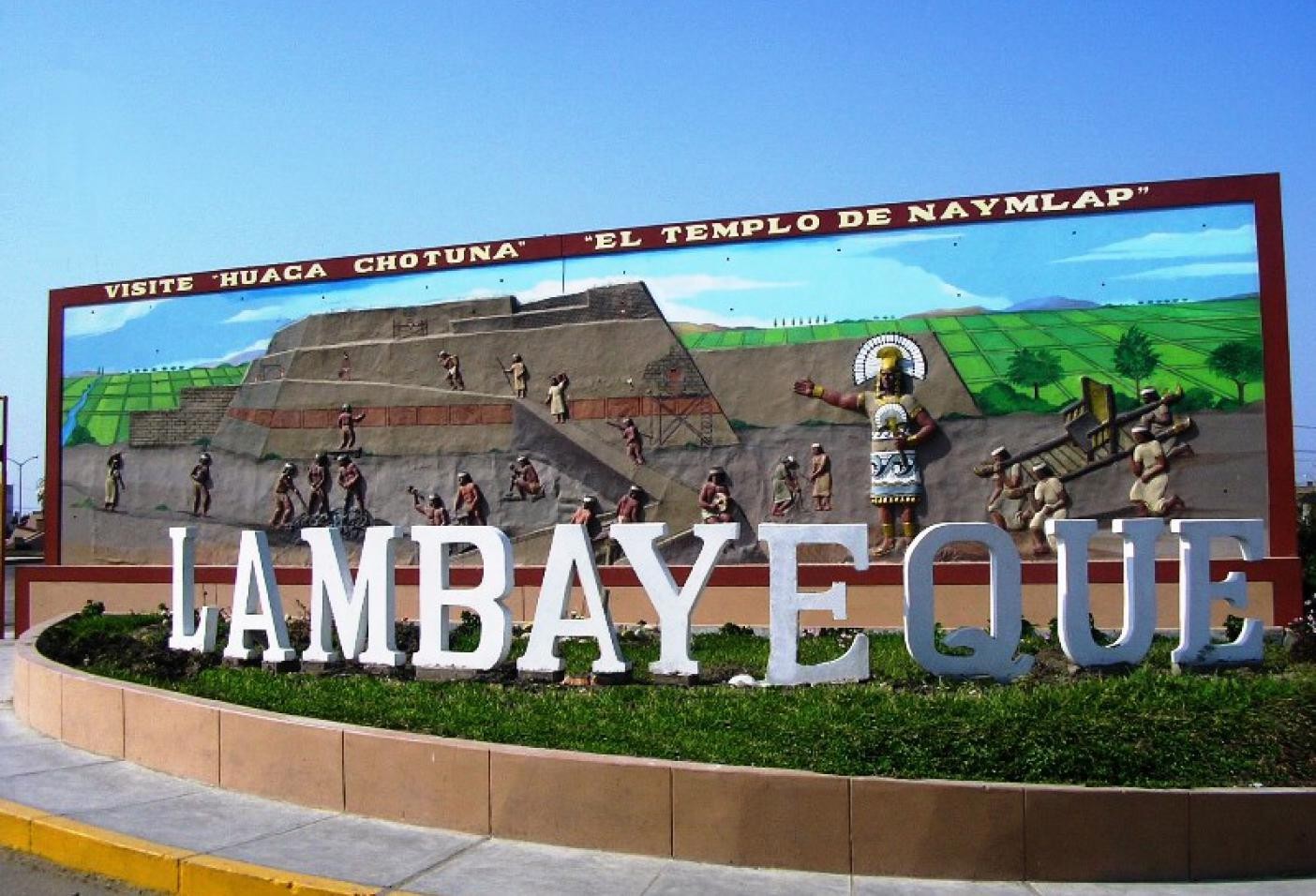
Location
Sican, Tucumen and the Seños de Sipan are some of the great archaeological centres that can be found in Lambayeque. The Lambayeque region is located in the North Coast of Peru about 800 km away from Lima. To come here, you can take a flight or the motorway through North Pan america like I did.

To get to this area of Peru, I had to take the bus with the company “Cruz del Sur”, from Lima to Trujillo and from there I started my journey north to the Lambayeque region, which is what we are focusing on today.
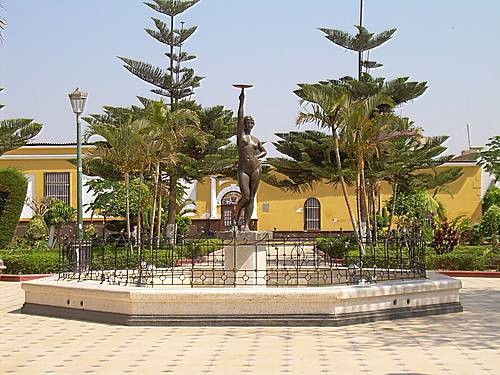
Lambayeque is divided into three districts. The first is Lambayeque, then Ferreñafe and then the city of Chiclayo, known as the "friendship capital" where you can try the dish "seco de cabrito" (A Peruvian dish made with dried goats meat). Lambayeque is very well known for its delicious dishes, its sea and of course the Huaca centres from the Mochica culture.
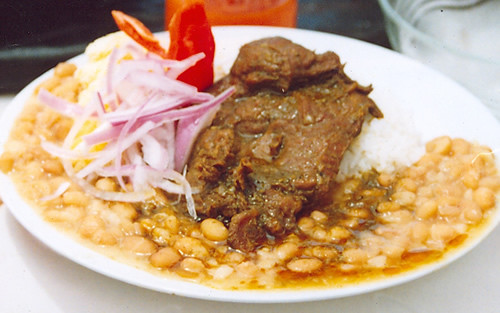
In this post we are going to look at the following points:
- Lambayeque
- Sicán National Museum
- Casa de la Lojia (A colonial house)
- The royal tombs of Sipan museum
- Brunning museum
- The restaurant "Rincón del pato"
- The traditional dessert "King Kong"
- San José
- Chicha de Jora (A Peruvian beer made with corn)
- Chotuna archaeological centre
- Túcume
- Ferreñafe
- Mórrope
- Bosque de Pómac Historic Sanctuary
It only takes 15 minutes by bus to get from Lambayeque to Chiclayo, you will notice that the connection between the cities is close and the buses run often. Chiclayo is the official capital of the Lambayeque region, while the city of Lambayeque is the historic capital of the region. I hope that I'm not mistaken!
Lambayeque
When you walk around its streets, without a doubt what you will find here is tradition, as well as being known as the "evocative city".
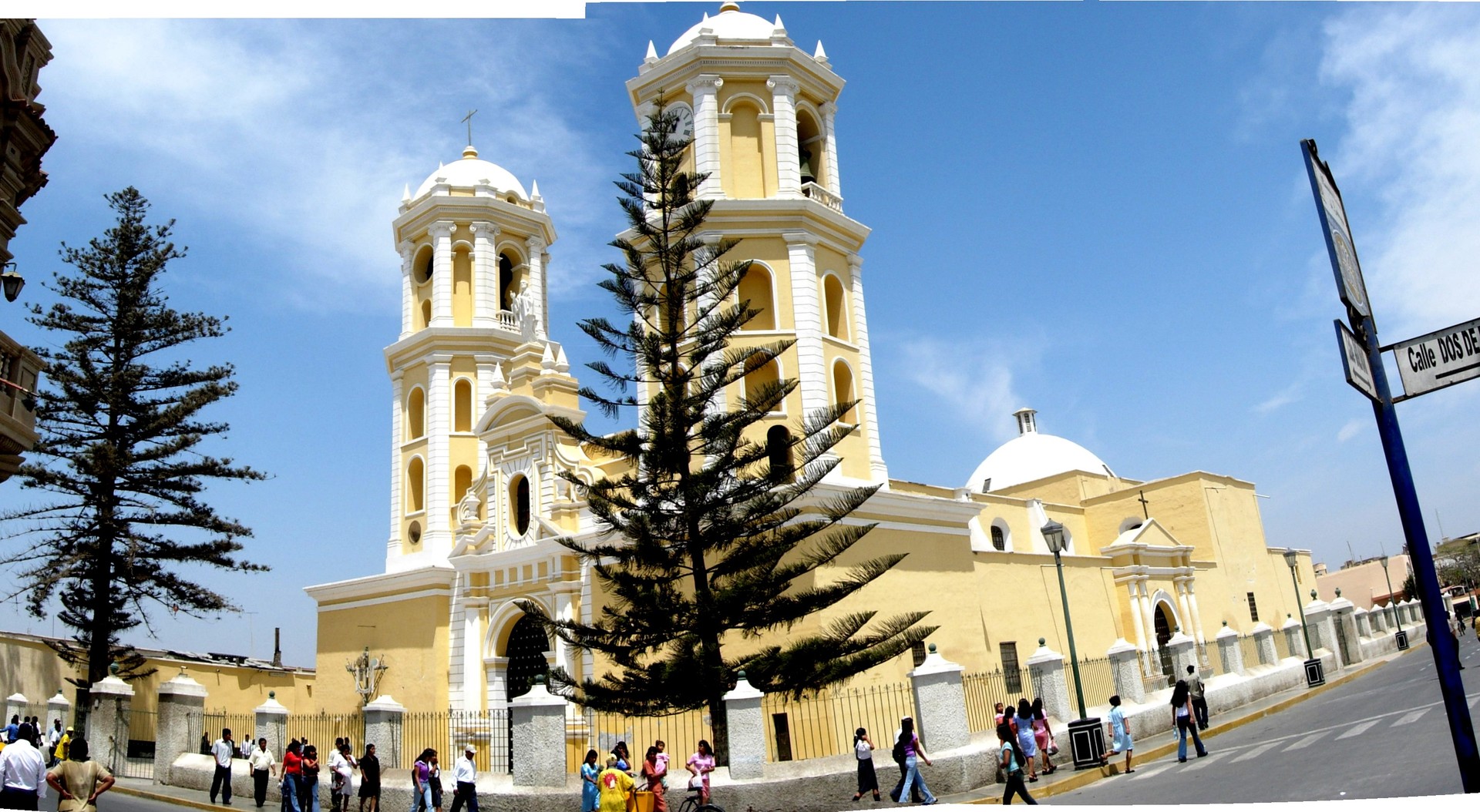
Lambayeque also has a colonial past since according to the investigations that have been made thanks to the chronicles, this area was founded during the 16th century, but not the Spanish colony, but rather for the indigenous people of the Vice royalty.
The Spanish were in what was the city of Zaña, the Indians of that time were the ones being indoctrinated by their churches.
In the main square in Lambayeque, there is a church known as the church of San Pedro with a yellow and white facade.
However, the old city of Zaña, disappeared due to a natural disaster that happens from time to time off the coast of Peru, known as "fenómeno del niño", (a band of warm ocean water that develops in the central and east-central Pacific). As a result of this natural problem, all the administrative centres that were previously in Zaña were moved to the city of Lambayeque.
On the other hand, there are also large houses from the Republican era, and from here, on one of their balconies, the first cry for independence for Peru was made in the 19th century.
Casa de la Lojia
La casa de Lojia is the house where the first cry for independence for Peru was made, however today we know that it was made in another place. Anyway, the most interesting thing you will find is that it has the widest balcony of all colonial America, at 66 meters.
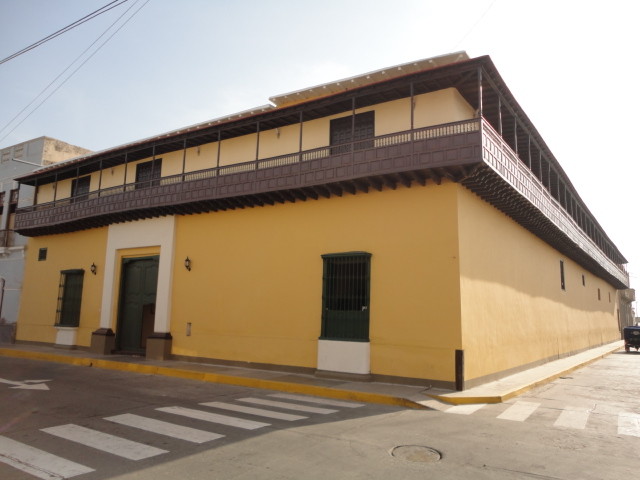
Here there are also some colonial paintings on the wall and its facade is yellow with its brown balconies.
The best museums in the country are here
Not to forget that the best museums in Peru are also in Lambayeque, Do you know which ones I am talking about? I will just give you one example to support this and it is the The royal tombs of Sipan museum. I have also dedicated a post to this museum, if you want to see it, click here.
The royal tombs of Sipan museum
One of the most important museums of Peru, its parts and its rooms are well made and it was created to be the site of everything found of the Lord of Sipan.
Brunning museum
This is another museum that is in Lambayeque and through the ceramics and works there, there is a history of the God Naylamp, who founded the Lambayeque culture.
A pleasant city
Lambayeque is a pleasant city, a city that makes you fall in love with its good climate and its warm people, just like many parts of Peru. Also, its gastronomy makes it even more interesting and popular with visitors, it is practically obligatory to eat duck when you come here.
The restaurant "Rincón del pato"
One of the restuarants that I recommend that you visit when you come here is "rincón del pato". It is in Lambayeque and the restaurant shows Creole food in all its glory. It is a place where ducks are raised, sold and eaten, all in the same place.
You can also enjoy a delicious chinguirito (drink made with moonshine and citrus juices) and their tasty zapallo (pumpkin). However the star dish is the rice or ceviche with duck.
King Kong
One of the most traditional sweets in Peru can be found in Lambayeque. This is a giant alfajor (cake made with nuts and honey). It is said that it is called this because from the grotesque shape of the monkey, King Kong's chest. You can also get the brand of sweets "San Roque" there. A whole industry, so that we can enjoy the most delicious sweet dishes from Peru. Today, the San Roque factory has grown so much that it has had an influence across boarders.
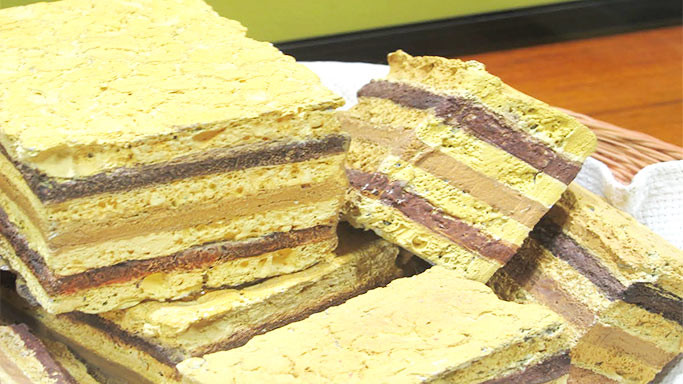
San José
11 kilometres from Chiclayo there is a fishing area and the interesting thing about this place is that you can get fish straight from the sea to make the most delicious stews in the region, as well as the rays and other seafood.
Artisan fishingtakes place in this part of Peru and its waters are full of a marine biodiversity which is available for us to learn about and understand how important sustainable fishing for the marine life.
Chicha de Jora beer
One of the drinks that you have to try when you come to Lambayeque is the traditional drink of the chimu culture chicha de jora which is a fermentation of corn and other seeds. In fact, each part of Peru has a special way of preparing this delicious liquid of the gods. However, a characteristic of Lambayeque and northern Peru is that it must be drunk from a glass that is called "poto".
There are even songs that mention the "el poto de la chicha de jora del norte" (the glass that they use to drink the "chicha de jora" from in the north). For example, "marinera norteña" which is the traditional dance in this area of Peru.
Chotuna
Chotuna is 12 kilometres from the city of Chiclayo The story is told that, the god Naylamp, god of the Moches (a culture in northern Peru), founded his first city here. There are clay friezes that will tell you about the marine history of the ancient Peruvians to the present.
Túcume
Túcume is located approximately 30 minutes from Chiclayo city. It is known for being a city of pyramids and a natural landscape that is in harmony with its buildings.
When you come to this part of the Lambayeque region, you will realise that today there is a small village which is named after the archaeological area in the valley of the river "la leche".
The brilliance of the pyramids was around the year 1000, which was around the same time as the Inca culture. This area is important because it was the Peruvians who belonged to the Lambayeque culture last area. The previous was the bosques de Pomac area.
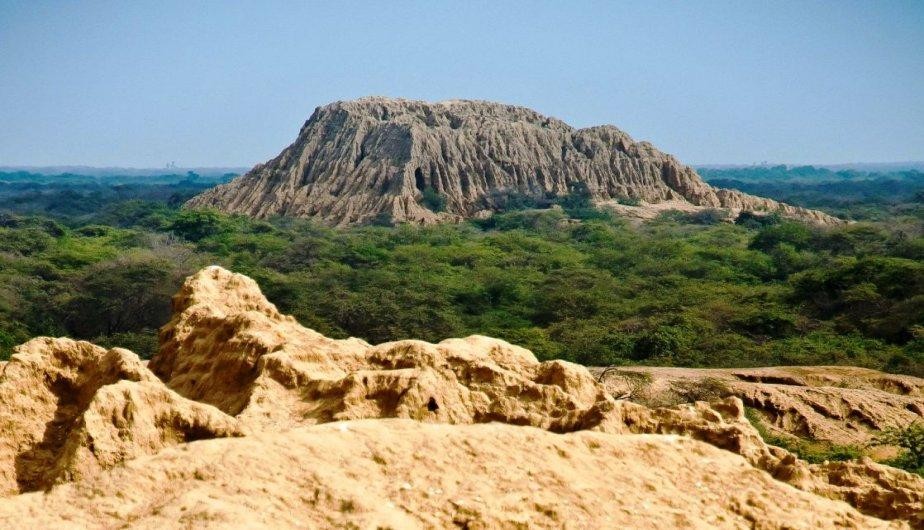
The Lambayecans settled here in approximately the year 1000 due to natural problems that forced them to come here. There are 26 pyramids within 200 hectares in this important point in Peru's history.
You will be able to appreciate a view of how these buildings looked like in the past and some viewpoints from where you can see the adobe complex and the architecture where you can see that the Lambayeque, Chimu and Inca culture is passing by.
For example one of the things that can be found here are some sites that belonged to the Inca culture.
The pyramids at those times belonged only to the nobility and as time passed, they grew larger and the population grew and they lived around the pyramids.
Within its premises, different archaeological pieces have been found, such as ceramics, fabrics and things that were used in daily life by people of the Lambayeque culture. As I told you, in the north of Peru their tradition of Huacas is so strong that digging a couple of meters you always find surprises. We are without a doubt, a nation that has not only a wealth of flora and fauna but also an interesting cultural wealth thanks to our ancestors.
Musical instruments and up to 200 bodies of human remains have also been found as part of their graveyard. Archaeologists are still working in this part of Peru to continue discovering more about the Lambayeque culture and its historical legacy.
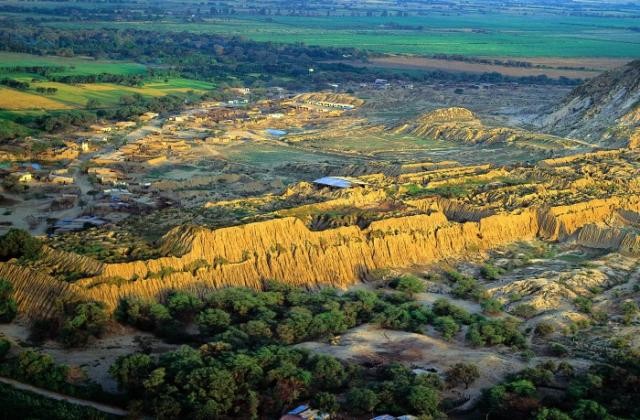
The "Las Balsas" huaca is one of the most interesting points of this area because you can see the clay friezes in representations of the gods and the traditional little horses of totora.
An archaeological site is not only a place for tourists but also for the inhabitants. That is why it is important to unite the local population with the identity of the archaeological centre, so that these places become collective places for the population, to be able to create a love for heritage, as well as generating employment and social and economic development.
The more tourists come to the heritage, the more interesting this development will become for the locals. For example, you can find works of art that are created by woman that are dedicated to making crafts by hand, representing the part of this part of Peru.
Not only the adults are integrated here with the artisans but also the children. For example, in this area there is a nursery, where the children take care of and enhance this area.
On the other hand I should tell you that Túcume breathes archaeology, for example there is an archaeology school for all the children of the community. I think this is a good idea since it encourages the development and identity of heritage in its inhabitants.
If you go with children, you will be able to enjoy the life of this part of Peru through areas that are considered to be places where children play at being big with specific places for each of them. This, which perhaps many Peruvians lack, can already be found in Túcume! Come and visit it and support the development of tourism!
Ferreñafe
Ferreñafe is the city known as the land of the double faith, when you come here you will realise that what stands out most are the rice crops. Its cultivation what develops and economically supports its population.
Something that you have to do, is to walk through its streets and enjoy its square where again you are going to find a church with a yellow and white facade. This city is as old as the city of Lima since it was founded in the year 1550 (only 15 years after the capital of Peru).

Its original name was Santa Lucia de Ferreñafe, which took up to 130 years to build. there are some statues representing the four seasons: spring, summer, autumn and winter.
Ferreñafes peak was before the land reform, in which the wealthy families decided to build their manor houses that gave Ferreñafe a shine and lustre by having big gatherings and parties, where the people of Lambayeque came to enjoy what this land had to offer.
Ferreñafe also has antique houses that are disspearing due to the increase of modernity. However, you will also find that the heat is so strong here that the best thing you can do to quench your thirst is to have a delicious slushy.
Ferreñafe is a city that is gradually rising because of tourism, something that proves it for example is its graveyard. Luis Abelardo Nuñez is buried here, the composer of the Creole music "mal paso" and the Marinera (Andean fold dance) “saca chispas”, which makes us realise that Ferreñafe has a great potential for music lovers, so take out your white handkerchief, raise it in the air, and dance the Marinera.
Another thing that you have to try the speciality of Ferreñafe. For example you can try it in the restaurant Angelina Martha. It is made up of mashed potatoes, yucca, sweet potatoes and corn, and the special touch is the salted fish with the lettuce that gives it a special flavor, not to forget the onion!
Mórrope
Continuing with the wonders that you can find in Lambayeque, another point that you should visit is Mórrope. It is about 33 kilometres from Chiclayo. When you get there you will notice that despite the distance from Chiclayo, this is a peaceful city. It also has a cathedral and chapel with Spanish influences.
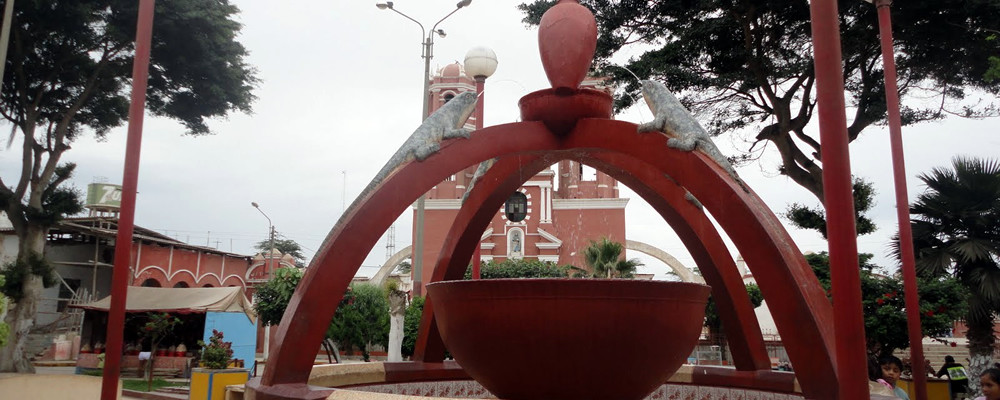
You will find that inside its square, there are sculptures of four lizards in the fountain, which are really big iguanas.
The native cotton found here, in this part of Morrope is becoming a way of generating income for the inhabitants of this area of Peru. It has a slightly different resistance to the tanguis cotton that is also known in Peru. Thanks to the women of this area, the products are developing and becoming more contemporary. All the women work with the old cotton which is completely ecological since it is from here, and they come up with wonderful ideas.
Sicán National Museum
This Museum has a great legacy of the Peruvian culture because they have found the great crowns, the tumis, precious stones and masks that cry emeralds. On the other hand, they highlight their quality of work. All these gold articles are famous in Peru and almost 90% of them, come from Lambayeque.
In the Ferreñafe Museum you will be able to find a collection like the tumis themselves, which have become an interesting symbol of culture.
Bosque de Pómac Historic Sanctuary
There are not only forests here, but as I mentioned at the start of the article, it was the first capital of Lambayeque. It is almost 5800 hectares and it is home to a singular flora y fauna in its area.
This forest comes from its arid nature that has been maintained over the centuries. You can find the river "la leche" very close to it as well as asparagus crops and a lot of native birds such as chilalos and huerequeques among many others.
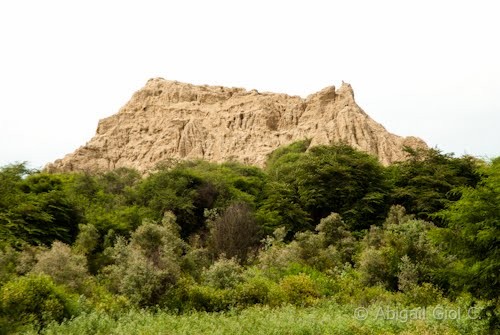
Before this area was called Batan Grande but today thanks to the support of the community and the locals, it has been possible to maintain its areas, here you can even go camping as well as horseback riding to fully enjoy nature.
In Lambayeque, in this forest, there are all of the supplies necessary to make the Lambayeque culture. Metallurgy and food production gave a thriving development to the ancient civilisations.
In Pomac there are more than 30 pyramids. In some you can even appreciate all the archaeological works that have been found, its architecture made from adobe and its palaces are here in a surprising way.
Many of these pyramids still shelter the land of great lords, that is why as always the authorities are starting to train the people in the area in sustainable development as well as developing other activities such as the collecting honey and cotton or in crafts or other things.
Ihope that you have enjoyed reading this post and that you will find it useful and come to visit Lambayeque soon. A place that has chicha de jora huacas, rice with duck and impeccable nature. Come to visit this part of Peru and I am sure that you will have a wonderful time.
Thanks for reading this short review and I will see you in the next post! And continue getting to know Peru, a country that has everything.
Photo gallery
Content available in other languages
- Español: Region Lambayeque primera parte
Want to have your own Erasmus blog?
If you are experiencing living abroad, you're an avid traveller or want to promote the city where you live... create your own blog and share your adventures!
I want to create my Erasmus blog! →















Comments (0 comments)